How does an organization make it into the consideration set when a consumer is searching for a financial institution? Is it location-based? Does a younger shopper look at the institution their parents use? Are there account features and benefits that are compared side-by-side? Once we’ve cracked what puts you in a consideration set – how do you communicate these benefits to inquiring minds?
The answer, content. Not groundbreaking, not a new revelation that no one has ever thought of. However, it’s surprising how many scoff and say “oh, of course we create content, and yea we have a strategy for that” But when you look at the metaphorical library, there’s room for improvement. Enter, reasons why a solid content strategy is necessary:
Financial institutions have to play the intellectual capital card. Consumer products sell something tangible, but financial institutions are trading on their knowledge, expertise, and savvy. Your intellectual edge doesn’t show up on QVC or as a re-targeted ad in a Facebook news feed. It comes in the form of educational, short-form and long-form content made available to consumers.

You’ll find it difficult to get consumers (especially younger ones) in the door for a real conversation. Your marketing communications tactics need to speak for you when you aren’t face to face with today’s consumer. The abandonment of brick and mortar as a primary option is no longer a phase, it’s the new norm. So if your messages need to stand on their own merit – make them rich with insight and data.
The definition of financial success is different for everyone. Gone are the days when a one-size fits all approach to financial goals is applicable and effective. Saving money and buying a home are still relevant goals, but what about “yes, I’d love to save money, but I need to be debt free first.” According to a Facebook Insights report, 48% of people polled ranked being debt-free as their primary goal, and the ability to retire was only cited as a goal by 13% of respondents.
Abandoning the one-size fits all approach, continued. Not only do blanketed marketing messages no longer apply, but marketers have hyper-targeted tactics at their fingertips so there is no excuse for a blanketed message. If your organization is exploring lifecycle marketing (hint: we think you should), it’s crucial to have a library of varied content that’s customized for different users. It’s broad customization at its finest, but content is the fuel that makes lifecycle marketing viable.
Not all content is created equal. We’re a multi-screen world, and the number of messages we consume in a day has increased exponentially in the past few decades. Your content cannot just be on your website, or just be printed in a tri-fold brochure. It’s called upcycling – taking one piece of content and re-purposing it into content appropriate for a different medium or channel. Each piece can stand on their own, but each communicates the key messages and communicates them in the format appropriate for the channel.
You wouldn’t put a whitepaper on your Facebook page, but you may put a link to a Slideshare that shows the highlights. Or you may take the highlight data points and create an infographic suitable for social channels. Creating a documented strategy means your team can put a concerted effort into upcycling content and making sure that you’re not only getting maximum mileage, but you’re also hitting all of your consumers on their preferred device.
So what we’ve laid out here is the case for not only content creation, but actually having a strategy in place to execute. Your strategy should address all parts of the content marketing process:
- Audience research (who are they? What do they care about? How do we reach them effectively?)
- What content topics should we address?
- What formats should we put our content in?
- How is it getting created? Who are our internal subject-matter experts that can be tapped?
- How is it getting distributed and what’s the schedule?
- How are we eliciting feedback to see if our content is actually reaching people and resonating?
With content marketing, it’s not abnormal to be building the plane as you are flying it. If you waited to have a bulletproof strategy, and a full library of content for all verticals and all audiences and all channels, you’d never flip the switch. It’s best to take time on your strategy, focus on building up your content library, but most importantly, it’s important to start.
According to the previously-mentioned Facebook Insights survey, 45% of millennials are open to switching banks. It’s time to play that intellectual copy card and let your content speak for you.
{{cta(‘d245f012-10d4-4c3c-982f-8e459ac722ee’)}}
Get in touch wih the team at Tipping Point regarding Inbound & Content Marketing Strategy.







